
Rabbit Anti-GRP94 antibody
HSP gp96; heat shock protein gp96 precursor; 94 kDa glucose regulated protein; ECGP; Endoplasmin; Endothelial cell (HBMEC) glycoprotein; Glucose regulated protein 94; Glucose regulated protein 94kDa; gp96; gp96 homolog; GRP 94; Heat shock protein 90 kDa b
View History [Clear]
Details
Product Name GRP94 Chinese Name 葡萄糖调节蛋白94抗体 Alias HSP gp96; heat shock protein gp96 precursor; 94 kDa glucose regulated protein; ECGP; Endoplasmin; Endothelial cell (HBMEC) glycoprotein; Glucose regulated protein 94; Glucose regulated protein 94kDa; gp96; gp96 homolog; GRP 94; Heat shock protein 90 kDa beta member 1; HSP90B1; Stress inducible tumor rejection antigen GP96; TRA1; Tumor rejection antigen 1; Tumor rejection antigen gp96; ENPL_HUMAN; Endoplasmin. literatures Research Area Cell biology immunology Neurobiology Signal transduction Apoptosis Immunogen Species Rabbit Clonality Polyclonal React Species Human, Mouse, Rat, (predicted: Chicken, Dog, Pig, Cow, Horse, Rabbit, ) Applications WB=1:500-2000 ELISA=1:5000-10000 IHC-P=1:100-500 IHC-F=1:100-500 Flow-Cyt=1ug/Test IF=1:100-500 (Paraffin sections need antigen repair)
not yet tested in other applications.
optimal dilutions/concentrations should be determined by the end user.Theoretical molecular weight 86kDa Cellular localization cytoplasmic Form Liquid Concentration 1mg/ml immunogen KLH conjugated synthetic peptide derived from human GRP94: 554-650/803 Lsotype IgG Purification affinity purified by Protein A Buffer Solution 0.01M TBS(pH7.4) with 1% BSA, 0.03% Proclin300 and 50% Glycerol. Storage Shipped at 4℃. Store at -20 °C for one year. Avoid repeated freeze/thaw cycles. Attention This product as supplied is intended for research use only, not for use in human, therapeutic or diagnostic applications. PubMed PubMed Product Detail Glucose regulated protein 94 (GRP 94) is a resident protein of the endoplasmic reticulum (ER) and is induced by the accumulation of unfolded proteins suggesting that it might associate transiently with a variety of newly synthesized secretory and membrane proteins or permanently with mutant or defective proteins. The highly conserved sequence Lys-Asp-Glu-Leu (KDEL) is present at the C terminus of GRP 94 and other resident ER proteins including GRP 78 and protein disulfide isomerase (PDI). The presence of carboxy terminal KDEL appears to be necessary for retention and appears to be sufficient to reduce the secretion of proteins from the ER. This retention is reported to be mediated by a KDEL receptor. GRP 94 is also a low affinity, high capacity calcium binding protein, though it's role, if any, in calcium regulation is not understood.
Function:
Molecular chaperone that functions in the processing and transport of secreted proteins. When associated with CNPY3, required for proper folding of Toll-like receptors. Functions in endoplasmic reticulum associated degradation (ERAD). Has ATPase activity.
Subunit:
Homodimer; disulfide-linked. Component of an EIF2 complex at least composed of CELF1/CUGBP1, CALR, CALR3, EIF2S1, EIF2S2, HSP90B1 and HSPA5 (By similarity). Part a large chaperone multiprotein complex comprising DNAJB11, HSP90B1, HSPA5, HYOU, PDIA2, PDIA4, PDIA6, PPIB, SDF2L1, UGT1A1 and very small amounts of ERP29, but not, or at very low levels, CALR nor CANX. Interacts with AIMP1; regulates its retention in the endoplasmic reticulum. Interacts with OS9. Interacts with CNPY3. This interaction is disrupted in the presence of ATP (By similarity). Interacts with TLR4 and TLR9, but not with TLR3.
Subcellular Location:
Endoplasmic reticulum lumen. Melanosome. Note=Identified by mass spectrometry in melanosome fractions from stage I to stage IV.
Similarity:
Belongs to the heat shock protein 90 family.
SWISS:
P14625
Gene ID:
7184
Database links:Entrez Gene: 7184 Human
Entrez Gene: 22027 Mouse
Omim: 191175 Human
SwissProt: P14625 Human
SwissProt: P08113 Mouse
Unigene: 192374 Human
Unigene: 87773 Mouse
GRP94(G protein-coupled receptor94)蛋白又称GP96属于热休克蛋白90家组成员。由二硫键连接的同源二具体表达在内质网腔。内质网分子伴侣Grp94在正常细胞的内质网腔中含量较高,Grp94在内质网生成、并存留在内质网中,其表达与多种因素有关,各种应激条件下可见其表达明显增高。细胞周期也是常见的影响细胞增殖的因素之一,因此细胞增殖过程中Grp94的表达情况具有重要意义。Grp94与细胞周期有关。Product Picture
Primary: Anti- GRP94 (SL0194R) at 1/300 dilution
Secondary: IRDye800CW Goat Anti-Rabbit IgG at 1/10000 dilution
Predicted band size: 78 kD
Observed band size: 100 kD
Sample:
Lane 1: Mouse Spleen Lysates
Lane 2: Mouse NIH/3T3 cell Lysates
Primary: Anti-GRP94 (SL0194R) at 1/1000 dilution
Secondary: IRDye800CW Goat Anti-Rabbit IgG at 1/20000 dilution
Predicted band size: 86kDa
Observed band size: 100kDa
Paraformaldehyde-fixed, paraffin embedded (mouse brain tissue); Antigen retrieval by boiling in sodium citrate buffer (pH6.0) for 15min; Block endogenous peroxidase by 3% hydrogen peroxide for 20 minutes; Blocking buffer (normal goat serum) at 37°C for 30min; Antibody incubation with (GRP94) Polyclonal Antibody, Unconjugated (SL0194R) at 1:400 overnight at 4°C, followed by operating according to SP Kit(Rabbit) (sp-0023) instructionsand DAB staining.Paraformaldehyde-fixed, paraffin embedded (human brain glioma); Antigen retrieval by boiling in sodium citrate buffer (pH6.0) for 15min; Block endogenous peroxidase by 3% hydrogen peroxide for 20 minutes; Blocking buffer (normal goat serum) at 37°C for 30min; Antibody incubation with (GRP94) Polyclonal Antibody, Unconjugated (SL0194R) at 1:400 overnight at 4°C, followed by operating according to SP Kit(Rabbit) (sp-0023) instructionsand DAB staining.Tissue/cell: human lung carcinoma; 4% Paraformaldehyde-fixed and paraffin-embedded;
Antigen retrieval: citrate buffer ( 0.01M, pH 6.0 ), Boiling bathing for 15min; Block endogenous peroxidase by 3% Hydrogen peroxide for 30min; Blocking buffer (normal goat serum,C-0005) at 37℃ for 20 min;
Incubation: Anti-GRP94/HSP gp96 Polyclonal Antibody, Unconjugated(SL0194R) 1:200, overnight at 4°C, followed by conjugation to the secondary antibody(SP-0023) and DAB(C-0010) staining
Paraformaldehyde-fixed, paraffin embedded (rat brain tissue); Antigen retrieval by boiling in sodium citrate buffer (pH6.0) for 15min; Block endogenous peroxidase by 3% hydrogen peroxide for 20 minutes; Blocking buffer (normal goat serum) at 37°C for 30min; Antibody incubation with (GRP94) Polyclonal Antibody, Unconjugated (SL0194R) at 1:400 overnight at 4°C, followed by operating according to SP Kit(Rabbit) (sp-0023) instructionsand DAB staining.Paraformaldehyde-fixed, paraffin embedded (mouse brain); Antigen retrieval by boiling in sodium citrate buffer (pH6.0) for 15min; Block endogenous peroxidase by 3% hydrogen peroxide for 20 minutes; Blocking buffer (normal goat serum) at 37°C for 30min; Antibody incubation with (GRP94) Polyclonal Antibody, Unconjugated (SL0194R) at 1:200 overnight at 4°C, followed by operating according to SP Kit(Rabbit) (sp-0023) instructionsand DAB staining.Paraformaldehyde-fixed, paraffin embedded (rat brain); Antigen retrieval by boiling in sodium citrate buffer (pH6.0) for 15min; Block endogenous peroxidase by 3% hydrogen peroxide for 20 minutes; Blocking buffer (normal goat serum) at 37°C for 30min; Antibody incubation with (GRP94) Polyclonal Antibody, Unconjugated (SL0194R) at 1:200 overnight at 4°C, followed by operating according to SP Kit(Rabbit) (sp-0023) instructionsand DAB staining.Paraformaldehyde-fixed, paraffin embedded (rat brain); Antigen retrieval by boiling in sodium citrate buffer (pH6.0) for 15min; Block endogenous peroxidase by 3% hydrogen peroxide for 20 minutes; Blocking buffer (normal goat serum) at 37°C for 30min; Antibody incubation with (GRP94) Polyclonal Antibody, Unconjugated (SL0194R) at 1:200 overnight at 4°C, followed by operating according to SP Kit(Rabbit) (sp-0023) instructionsand DAB staining.Blank control: A431.
Primary Antibody (green line): Rabbit Anti-GRP94 antibody (SL0194R)
Dilution: 1μg /10^6 cells;
Isotype Control Antibody (orange line): Rabbit IgG .
Secondary Antibody: Goat anti-rabbit IgG-AF647
Dilution: 1μg /test.
Protocol
The cells were fixed with 4% PFA (10min at room temperature)and then permeabilized with 0.1% PBST for 20 min at room temperature. The cells were then incubated in 5%BSA to block non-specific protein-protein interactions for 30 min at room temperature.Cells stained with Primary Antibody for 30 min at room temperature. The secondary antibody used for 40 min at room temperature. Acquisition of 20,000 events was performed.Blank control (Black line): A431 (Black).
Primary Antibody (green line): Rabbit Anti-EphB2 antibody (SL0194R)
Dilution: 1μg /10^6 cells;
Isotype Control Antibody (orange line): Rabbit IgG .
Secondary Antibody (white blue line): Goat anti-rabbit IgG-AF647
Dilution: 3μg /test.
Protocol
The cells were fixed with 4% PFA (10min at room temperature)and then permeabilized with 0.1% PBST for 20 min at room temperature. The cells were then incubated in 5%BSA to block non-specific protein-protein interactions for 30 min at room temperature .Cells stained with Primary Antibody for 30 min at room temperature. The secondary antibody used for 40 min at room temperature. Acquisition of 20,000 events was performed.Blank control: Hela.
Primary Antibody (green line): Rabbit Anti-GRP94 antibody (SL0194R)
Dilution: 1ug/Test;
Secondary Antibody : Goat anti-rabbit IgG-FITC
Dilution: 0.5ug/Test.
Protocol
The cells were fixed with 4% PFA (10min at room temperature)and then permeabilized with 90% ice-cold methanol for 20 min at -20℃.The cells were then incubated in 5%BSA to block non-specific protein-protein interactions for 30 min at room temperature .Cells stained with Primary Antibody for 30 min at room temperature. The secondary antibody used for 40 min at room temperature. Acquisition of 20,000 events was performed.
Bought notes(bought amounts latest0)
No one bought this product
User Comment(Total0User Comment Num)
- No comment
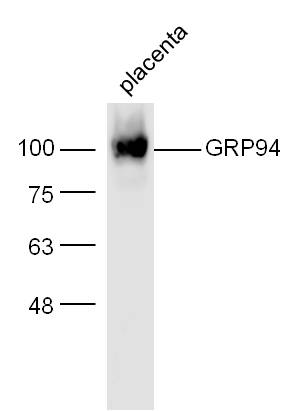
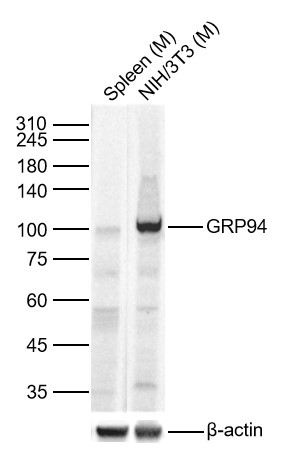
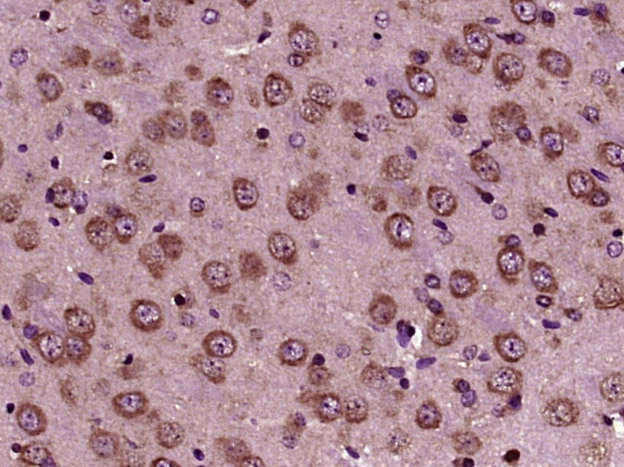
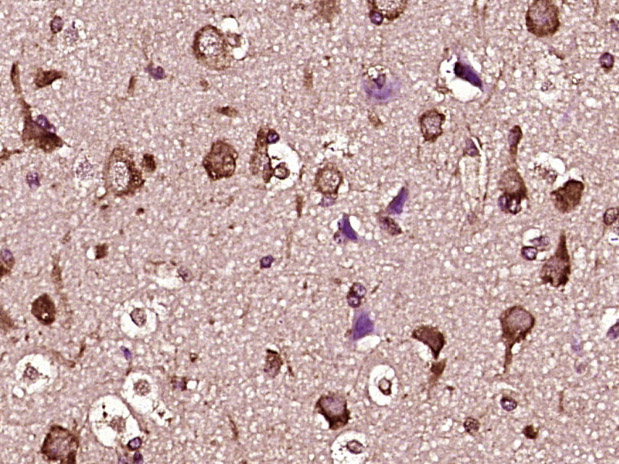
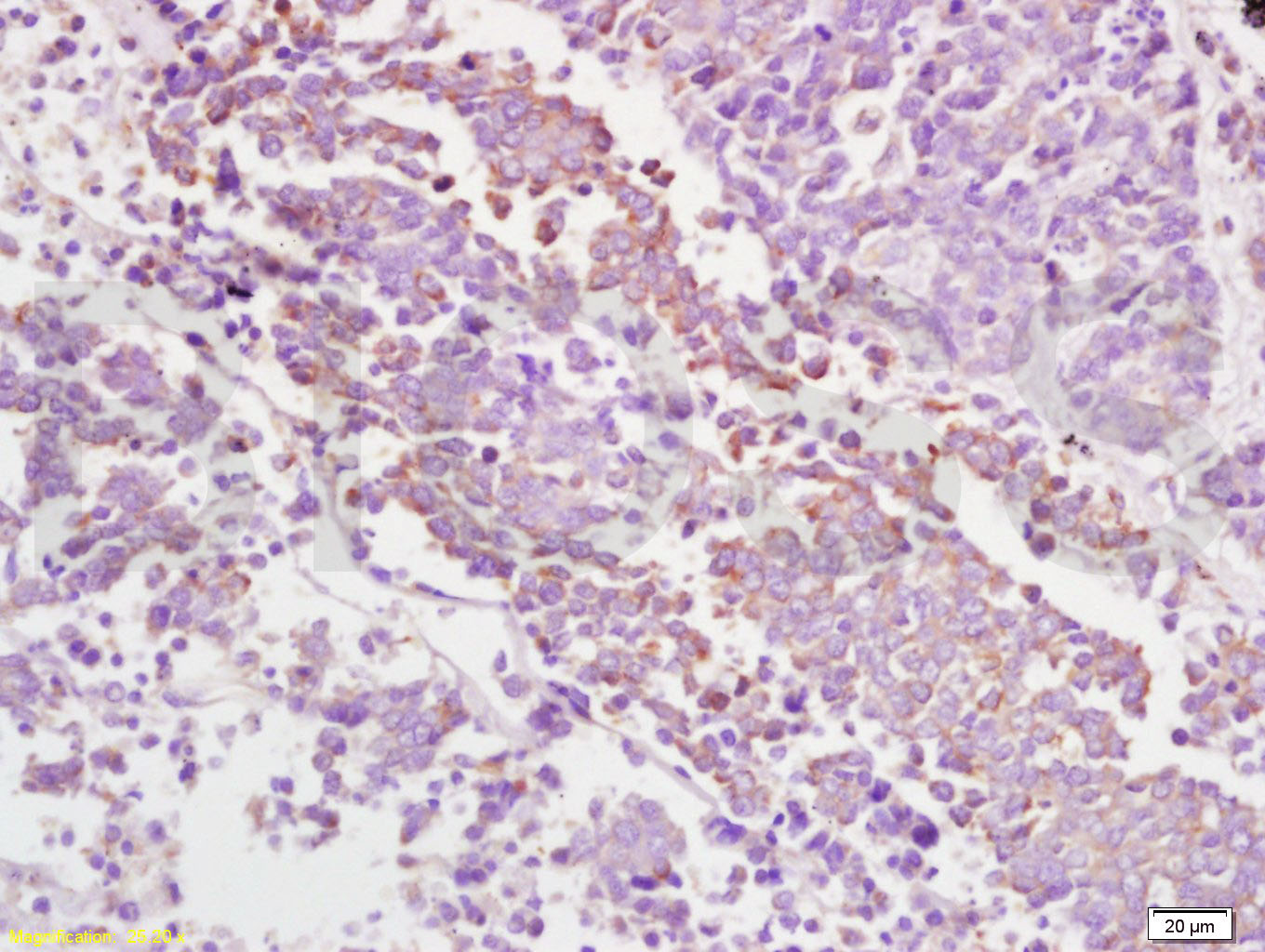
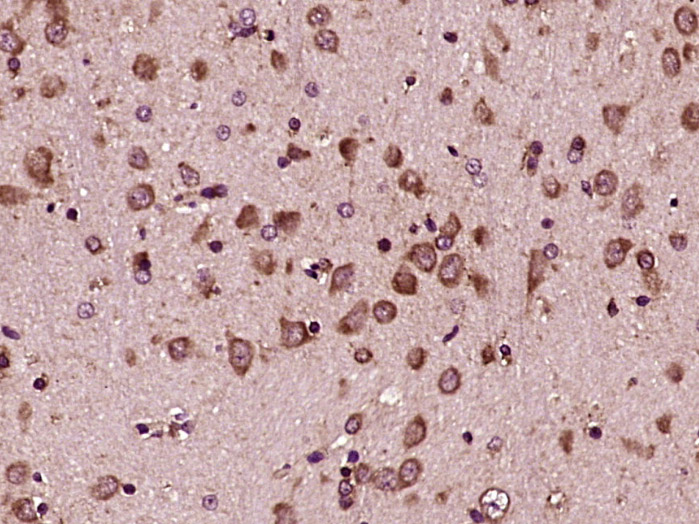
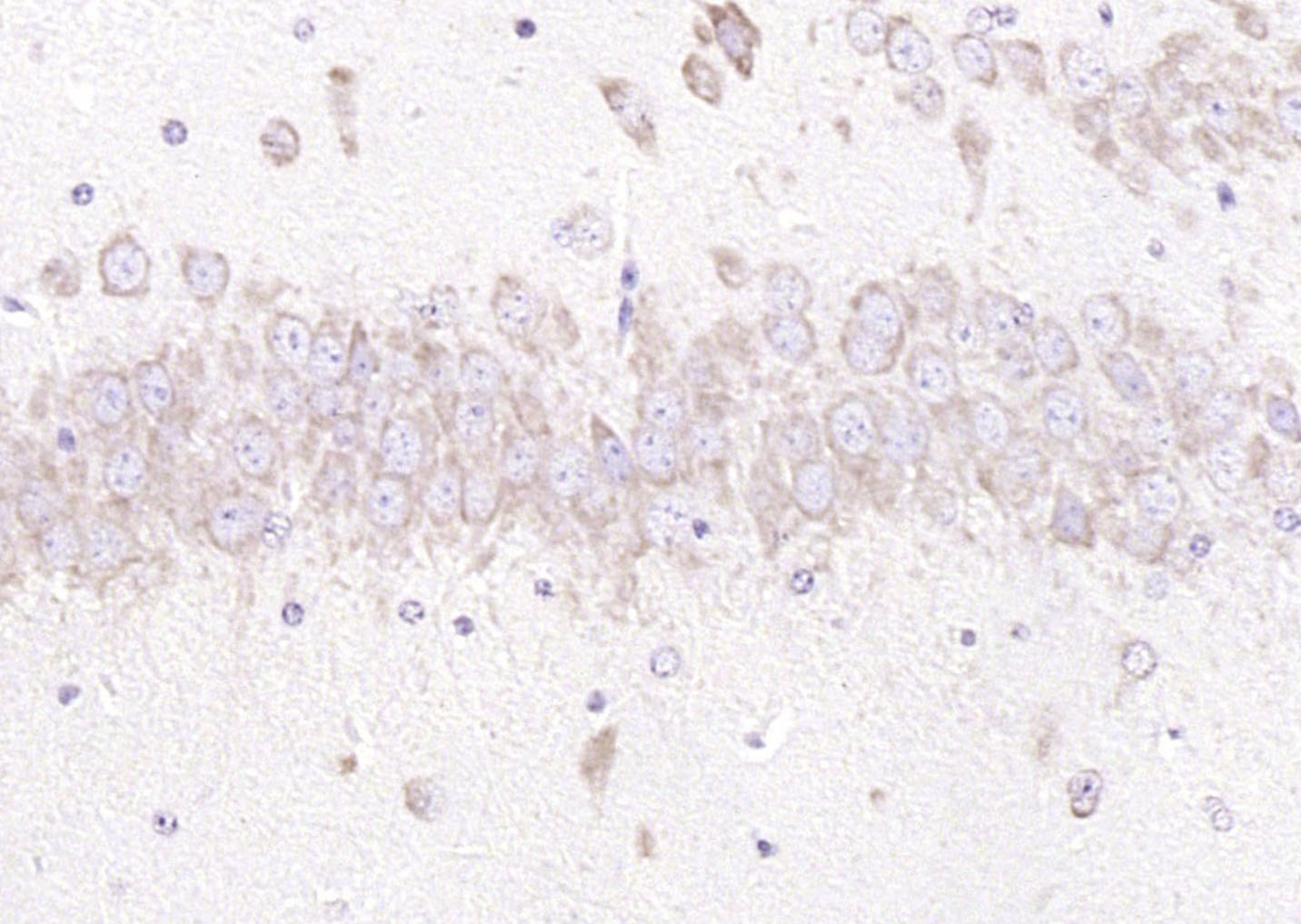
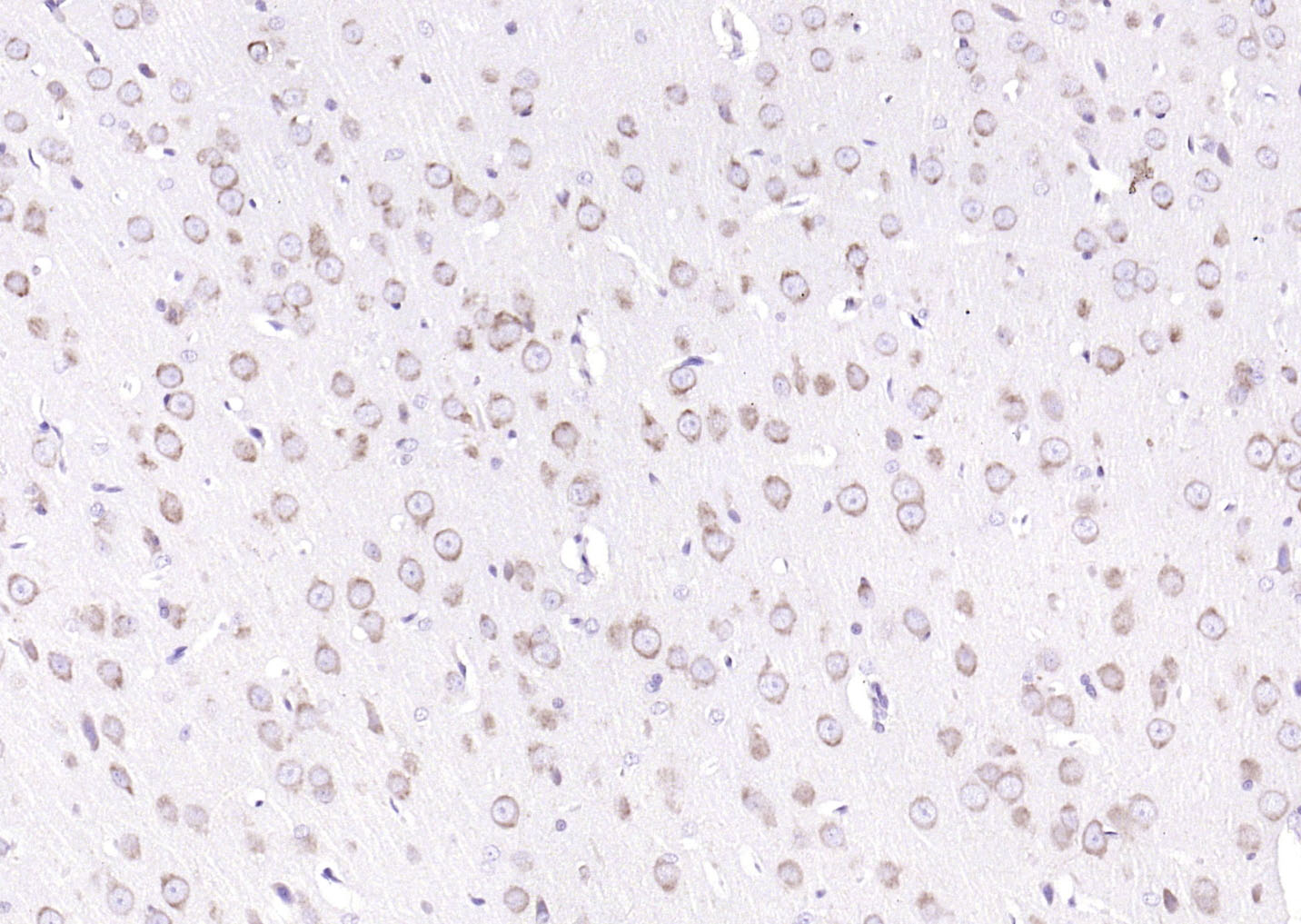
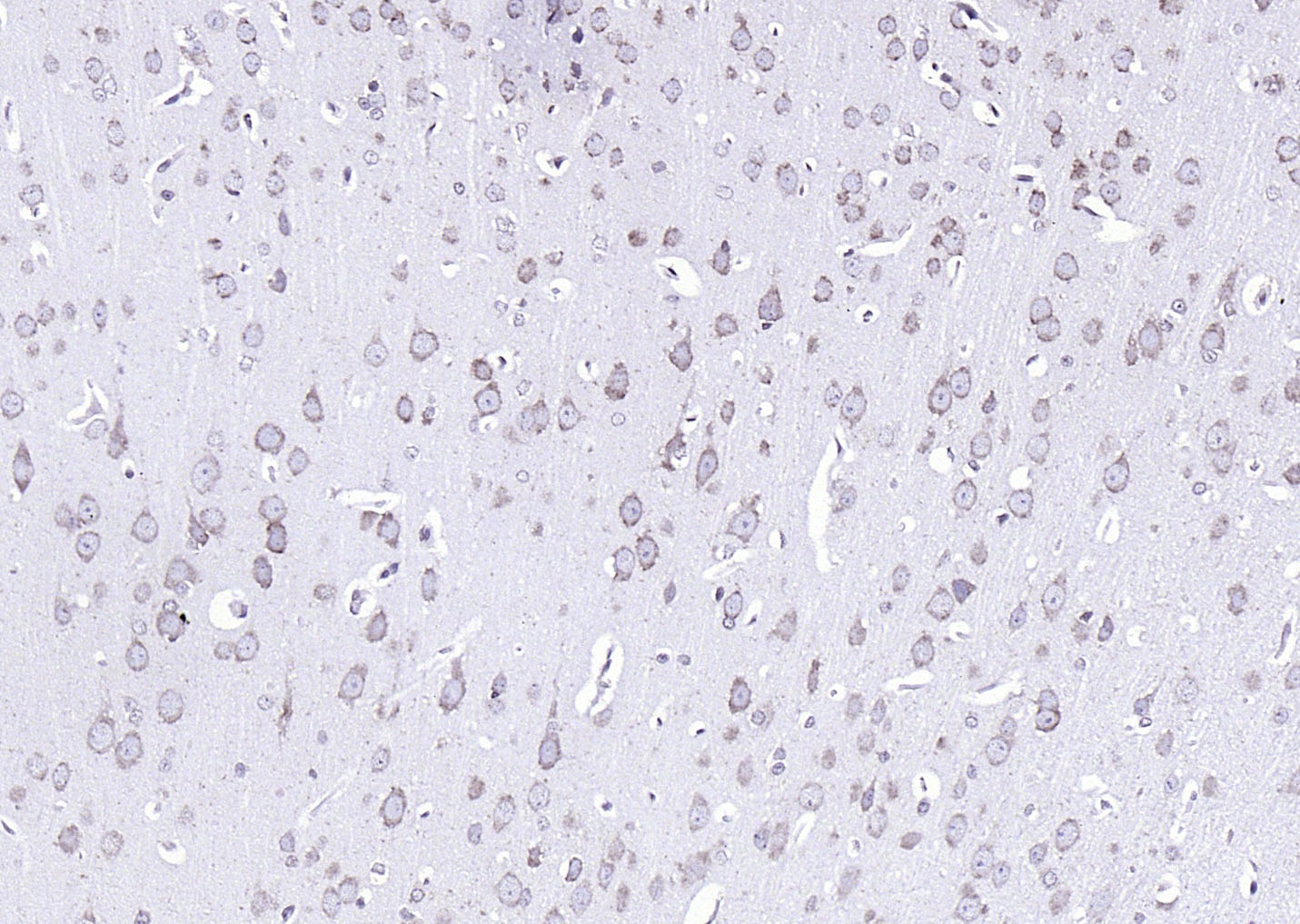
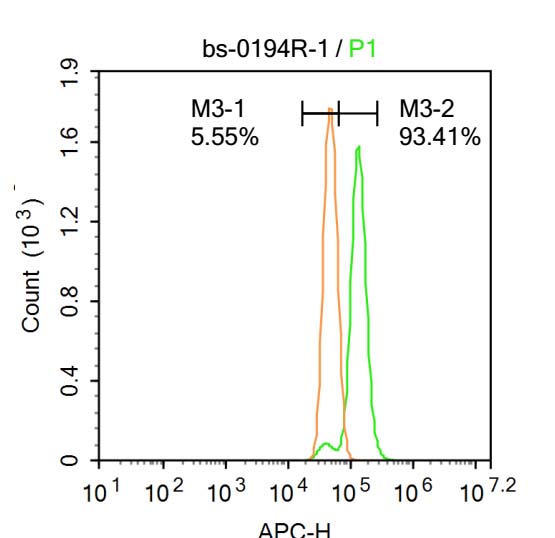
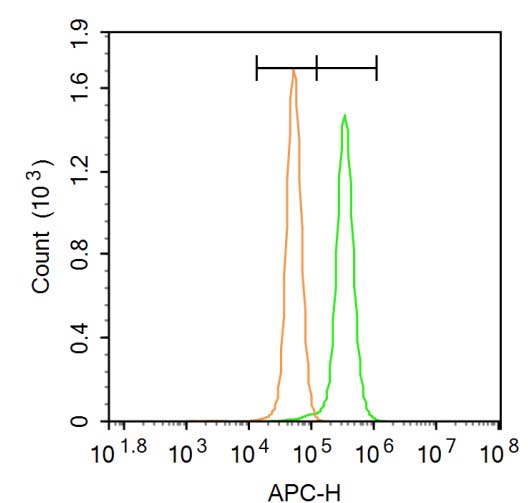
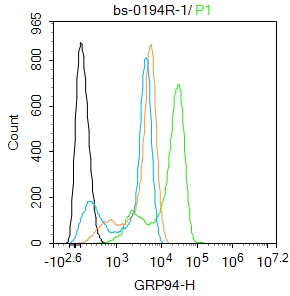


 +86 571 56623320
+86 571 56623320
 +86 18668110335
+86 18668110335

